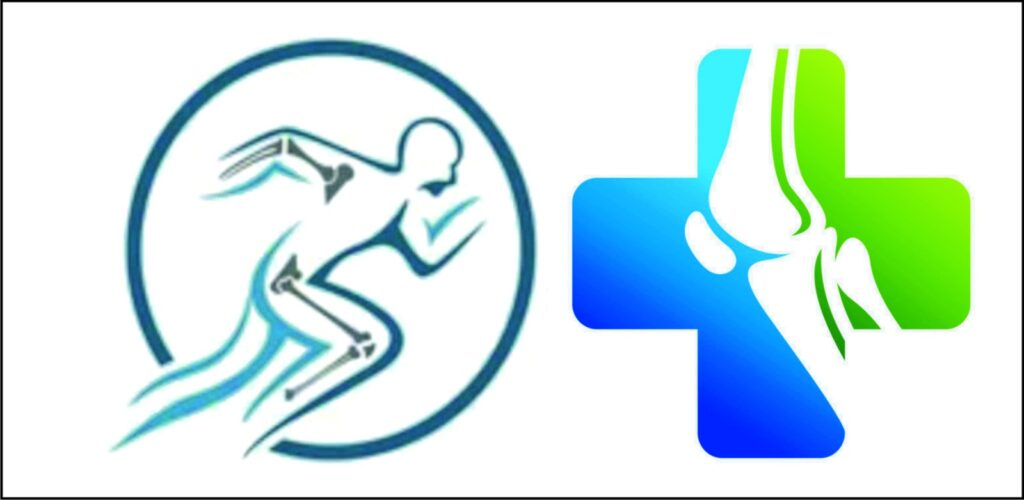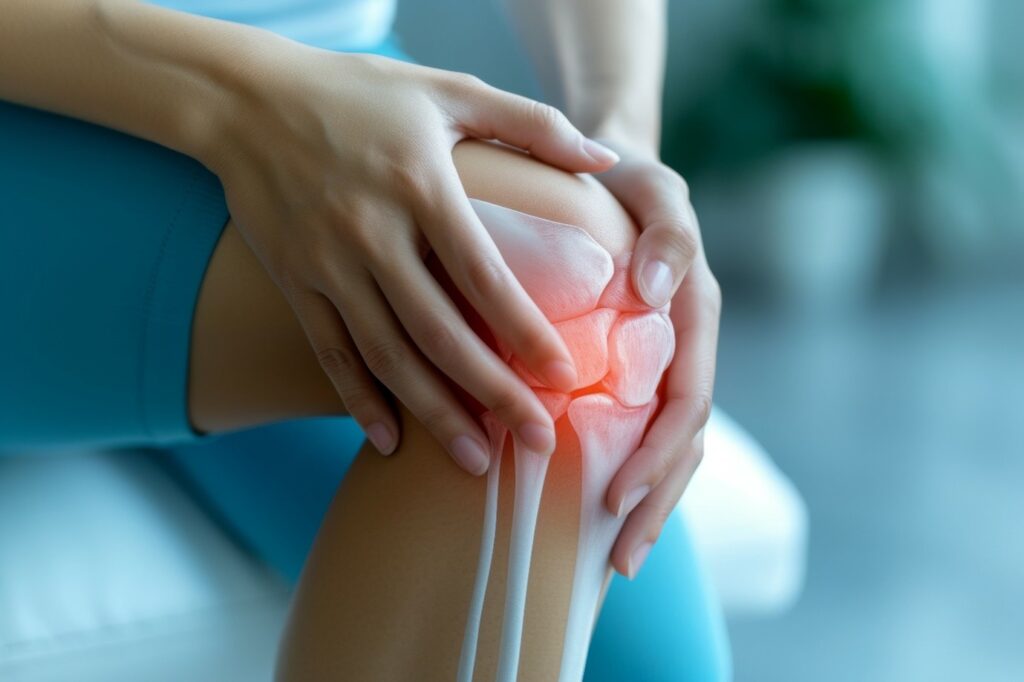What is an ACL Tear?
An ACL tear is an injury to the anterior cruciate ligament, a vital structure in your knee that links the thigh bone (femur) to the shin bone (tibia).
This ligament stabilizes your knee, preventing excessive bending or rotation.
ACL tears are categorized into three grades:
- Mild damage (Grade 1)
- Partial tear (Grade 2)
- Complete tear (Grade 3).
These injuries are common in athletes and often result from sudden twists or excessive force on the knee.
What Are the Symptoms and Risk Factors?
Typical symptoms include:
- A popping sound or sensation at the time of injury.
- Swelling, pain, and difficulty bearing weight.
- Knee instability or “giving way.”
- Limited movement in the joint.
ACL injuries are prevalent in sports like soccer, basketball, or gymnastics, where sudden stops, pivots, or direction changes occur.
Car accidents, falls, or high-impact injuries can also lead to ACL tears.
How Is an ACL Tear Diagnosed?
To confirm doctors perform physical exams and imaging tests, such as
- X-rays
- MRIs
- CT scans
to confirm an ACL injury.
These tests help assess ligament damage and check for other injuries, such as meniscus tears or fractures.
Movement tests during the physical exam may feel uncomfortable but are essential to identify instability in the knee.
What Are the Treatment Options?
Treatment may vary on the severity of the tear:
- Non-Surgical Options: For low-grade injuries, the RICE method (Rest, Ice, Compression, Elevation) is recommended. A brace or crutches may support the knee, alongside physical therapy for muscle strengthening and pain management, using NSAIDs or acetaminophen.
- Surgical Repair: Complete tears or injuries in active individuals often require arthroscopic surgery to reconstruct the ACL. This minimally invasive procedure is followed by structured rehabilitation to regain strength and mobility.
How Can ACL Tears Be Prevented, and What’s the Recovery Time?
Preventive measures include:
- Strengthening knee-supporting muscles.
- Avoid sudden, forceful knee pivots or twists.
- Warming up and stretching before sports or workouts.
Recovery typically takes 6–9 months, and physical therapy plays a vital role in rebuilding knee strength and flexibility.
To avoid re-injury, athletes must consult their doctor before resuming intense activities.
Are you concerned about an ACL injury? Trust Mother Theresa Multispeciality Hospital for advanced diagnosis, expert treatment, and personalized rehabilitation. Let’s get you back to moving with confidence!


